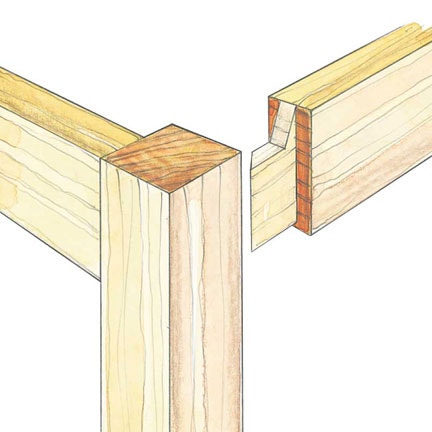Styles and Types of Mortise and Tenon Joinery
Just because they are all called by the same general name, "mortise and tenon," does not mean that they are identical.
Nearly as soon as there were woodworkers, the mortise and tenon joint was developed. It is such an effective, elegant and efficient way to join solid wood. And just about as soon as it was created, variations on the form were introduced. Often these changes in form and style were driven by the prevailing type of tools used to create the joints. For example, in the days of hand tool woodworking, grooves on the edge of a panel were made with a plow plane. Because you couldn't easily create a stopped groove with a plow plane, a bit of wood called the haunch was left on the tenon to fill the groove. Hence the haunched mortise and tenon. With the advent of new jigs, machinery and adhesives, many of the the types of mortise and tenon joints shown here are no longer made, except to hearken back to a period of time or because a woodworker chooses to use the tools of a certain type or period. For example, a plow plane! Others are selected for cosmetic reasons — because they look pretty or interesting.
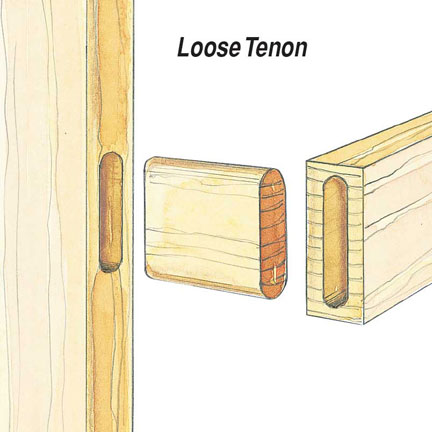
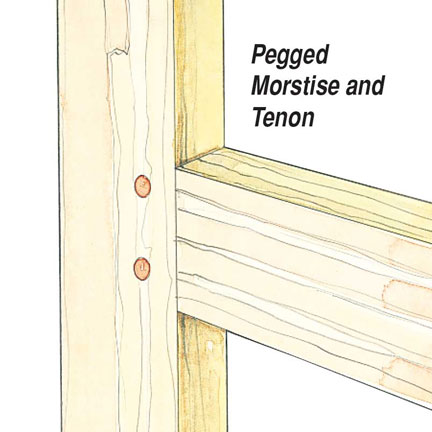
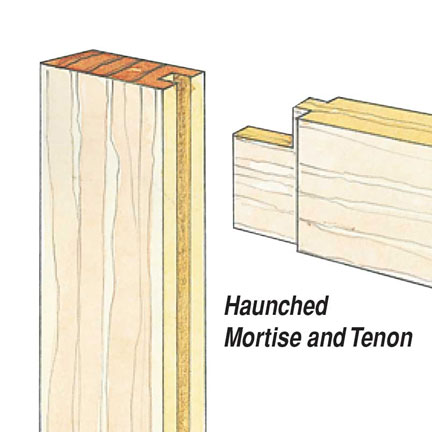
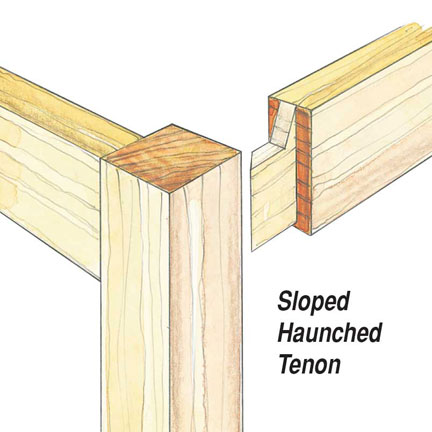




Keep the inspiration coming!
Subscribe to our newsletter for more woodworking tips and tricks
